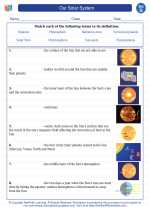Nebulae
A nebula is a large cloud of gas and dust in space. It is the birthplace of stars and planets. Nebulae are made up of various elements, including hydrogen, helium, and other trace elements. They come in different shapes and sizes, and they can be found in different regions of the universe, such as within galaxies or between them.
Types of Nebulae
- Emission Nebulae: These are clouds of ionized gas that emit light of various colors. They are often associated with the birth of new stars.
- Reflection Nebulae: These are clouds of dust that reflect the light of nearby stars, giving them a bluish appearance.
- Dark Nebulae: These are dense clouds of gas and dust that obscure the light from objects behind them.
- Planetary Nebulae: These are shells of gas ejected by aging stars, often taking on a round, planet-like appearance.
Formation of Nebulae
Nebulae are formed through various processes, including the remnants of supernovae explosions, the cooling and condensation of interstellar gas, and the outflow of material from aging stars. As these processes occur, the gas and dust in space clump together, forming these beautiful and diverse structures.
Studying Nebulae
Scientists study nebulae using telescopes that can detect different wavelengths of light, such as visible, infrared, and radio waves. By analyzing the light emitted or reflected by nebulae, astronomers can learn about the chemical composition, temperature, and density of these cosmic clouds.
Study Guide
Here are some key points to remember when studying nebulae:
- Understand the different types of nebulae and their distinguishing characteristics.
- Learn about the processes involved in the formation of nebulae.
- Explore the methods and tools used by scientists to study nebulae.
- Consider the significance of nebulae in the formation and evolution of stars and galaxies.
By mastering these concepts, you will have a solid understanding of nebulae and their role in the grand cosmic scheme.
.◂Science Worksheets and Study Guides Seventh Grade. Our Solar System

 Activity Lesson
Activity Lesson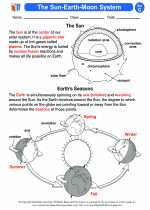
 Activity Lesson
Activity Lesson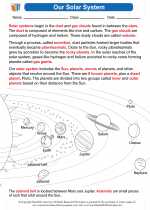
 Worksheet/Answer key
Worksheet/Answer key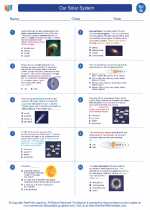
 Worksheet/Answer key
Worksheet/Answer key
 Worksheet/Answer key
Worksheet/Answer key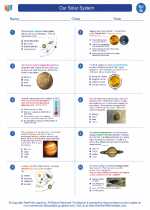
 Worksheet/Answer key
Worksheet/Answer key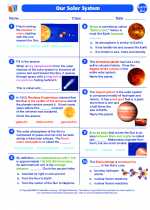
 Vocabulary/Answer key
Vocabulary/Answer key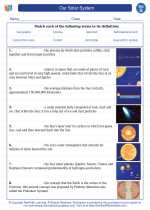
 Vocabulary/Answer key
Vocabulary/Answer key
 Vocabulary/Answer key
Vocabulary/Answer key